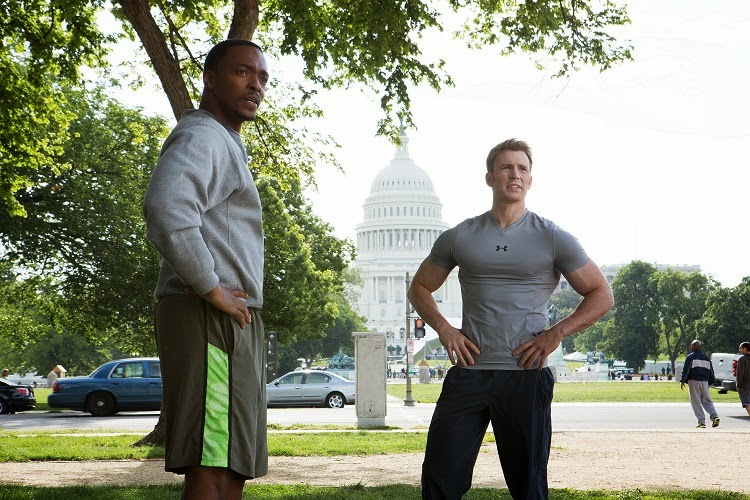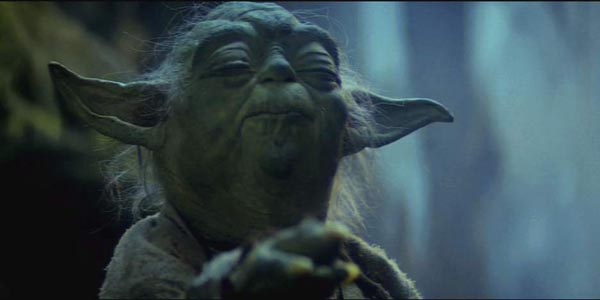Category: challenge
June 20, 2014
Go Big or Go Extinct
November 14, 2013
Put A Little Effort Into It
Welcome to the holiday season. It means we’re all going to have to try a lot harder. At a lot of things. Like finding time to write. And losing weight.
This week’s little rant was inspired by Pixar’s 22 rules of storytelling. They’ve been floating around the web for a few years now, ever since one of the storyboard artists there tweeted them. I recently stumbled across a nice rendering of them here and they got me thinking about something I was talking about just before Halloween.
Before I go over that, though, let’s go over some basics.
One of the elemental principles of storytelling is the obstacle. It’s what stands between my protagonist and whatever it is they want. Social cliques and jealous jocks separate Wakko from the cheerleader he wants to ask to the prom. An army of mercenaries are keeping Yakko from the missile silo. Financial hardship is keeping Dot from opening her hair salon. Well, financial hardship and a lack of self-confidence.
Now, while you may have heard the term obstacle, or perhaps even conflict, my personal preference here on the ranty blog is to call all these things challenges. I think there are a few standard rules to challenges, and I’ve gone over those in the past, but I wanted to bring up a new one. It’s kind of an overall corollary to challenges that touches on a lot of those rules.
My character has to try.
To be specific, when I say my character has to try, I’m saying this challenge should actually require effort. It needs to be difficult, because if it isn’t, it isn’t really a challenge. If I don’t have to try, what’s the point?
Vin Diesel beating up a third grader doesn’t impress anyone. Neither does Usain Bolt outrunning a guy on crutches. If I put Kate Upton in glasses and a baggy sweatshirt, it’s still not believable that she’d be saying “oh, wow, how will I find a date for Saturday?” No, not even if I make her a brunette and then mess her hair up. This is also why uber-prepared or godlike characters very rarely work. We’re just not impressed by people we know will succeed, because success in and of itself is meaningless in a story.
Y’see, Timmy, success is irrelevant. Despite what Yoda taught us all, trying is the important part. We like to see characters who make an effort, who aspire, who reach past their limits. If they never do—if everything my characters do is within their comfort zone—then they’re not worth reading about.
If Wakko needs to deal with those jocks to talk to cheerleader Phoebe, the ones who’ve bullied him since freshman year, the important part isn’t him beating them up or even getting past them. It’s when he stands up to them. If he does fight back and somehow wins, that’s icing on the cake, but the important moment is when he decides he’s not going to be bullied anymore. That’s the victory that matters.
That’s when we all love him and when he becomes somebody worth reading about.
Next time, I’d like to explain my career in four easy steps.
Until then, go write.
October 24, 2013 / 2 Comments
The Finest Emotion
August 9, 2013
Inside the Bottle
 By odd coincidence, one of the first places I heard the phrase “bottle show” was when I was researching screenplays for Star Trek. A bottle show was what they called an episode that used only existing sets and costumes, and often only the regular cast with minimal (if any) guest stars. The producers loved them because they saved money, which also made them a great way for aspiring writers to get in. Write a solid bottle show and they’d buy it just so they could have it handy for emergencies, or to help counterbalance two or three expensive episodes in a row.
By odd coincidence, one of the first places I heard the phrase “bottle show” was when I was researching screenplays for Star Trek. A bottle show was what they called an episode that used only existing sets and costumes, and often only the regular cast with minimal (if any) guest stars. The producers loved them because they saved money, which also made them a great way for aspiring writers to get in. Write a solid bottle show and they’d buy it just so they could have it handy for emergencies, or to help counterbalance two or three expensive episodes in a row.Until then, go write.








